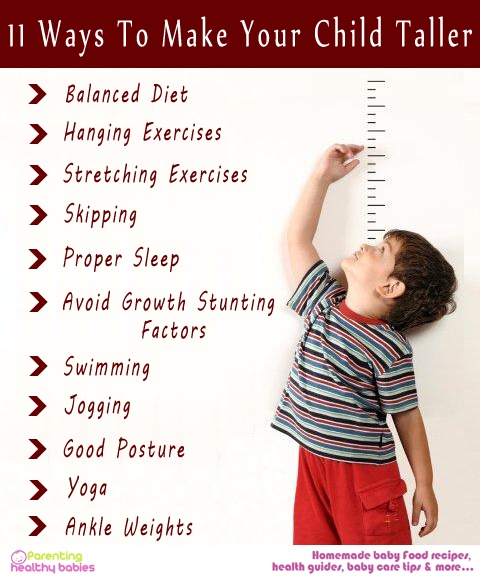Lazy eye is an unusual condition of eye recognised by reduced vision which cannot be rectified by glasses or contact lenses and is not due to any eye disease.
It is also known as Amblyopia. The vision loss includes loss of depth perception and two-eyed 3D vision. Lazy eye treatment yield improvements at any age but early detection offer easy treatment and there are best chances of curing at this stage.
Read More: Eye Exam for Kids: How Soon Should I See A Pediatric Eye Doctor?
A Guide for Lazy Eye in Children
Symptoms of lazy eye
- The human eye is an organ which reacts to light and pressure. Human eyes help to provide three-dimensional moving images and normally coloured in daylight. So both eyes play an important role.
- There is lack of focussing power with one of the eye in a child suffering from amblyopia (Lazy eye).
- The eye which is suffering will not receive clear images. So, the brain will not receive clear data and will start to ignore it.
- The stronger eye and the brain in many cases can compensate the problem of the defected eye due to which Lazy eye is often not detected until the child has a routine eye test.
Some symptoms of a Lazy eye are as follows:
- Blurred vision
- Double vision
- Poor depth perception
- Eyes do not appear to work together
- Inability to recognize 3D objects
- An eye turn, either upward, downward, outward, or inward
It is important for a child to have regular eye check-ups and especially in those having family history of crossed eyes, childhood cataracts, or other eye problems.
Read More: 11 Home Remedies for Treating Swollen Eye in Children
Causes of Lazy eye
Any condition that prevents the eye from focusing clearly can be the reason for Lazy eye. Some of the immediate causes that give rise to such a situation are:
Strabismus
This is also known as crossed eyes in which the eyes do not align properly with each other during focusing on an object. This condition may be present occasionally or constantly. If persists for longer time period then it may result in amblyopia.
The brain starts ignoring the blurred image captured by the defective eye and soon the vision of that eye is almost lost.
Astigmatism
Extreme far-sightedness or near-sightedness is a condition in which there is a misalignment of focus by both eyes. The image captured by focused eye is given prominence and by the misaligned eye is taken as a blurry image which is further suppressed by brain leading to Lazy eye in children.
Cataract
This is a condition which may be present either at birth or can develop later in life. Cataract can be formed on the retina of any of the two eyes and can block the vision. The brain refuses the image formed by the eye having a cataract and leads to the condition of Lazy eye.
Anisometropia
In this condition, both the eyes have different refractive power, due to which there is an unequal focus between the two eyes. This is mainly due to the asymmetric curvatures of the eyes. The brain wanted to both eyes focus equally but due to different refractive powers, the eyes focus differently at an object. So the brain only picks the clearest image and ignore the blurry image formed by eye having low refractive power and leads to Lazy eye.
Droopy Eyelid
Also known as Ptosis which may be due to any trauma, age or various medical disorders. Apart from all the above conditions, this is also one of the reasons of causing Lazy eye. If one of the two eyes is droopy then image formed by that particular eye is blurry and then ignored by the brain, resulting in lazy eye.
Read More: 11 Tips to Keep Your Child’s Eyes Safe
Genetics
Amblyopia (lazy eye) is inheritable, family history and genes play a most important role in developing lazy eye. Children having a family history of lazy eye are at higher risk of developing this condition.
Diagnosis
Amblyopia is typically detected during an eye check-up. The check -ups should be done in children before their school age. Parents should take their children for the eye testing as soon as possible if they notice any problem with the vision of their children.
The doctor will check the following during a typical eye examination:
- Both eyes should have a normal and equal vision
- Both eyes have normal movement and alignment (no squint)
- Both eyes focus equally at an object
- Nothing blocks the light coming to the eyes.
Experts advise to get an eye test at 6 months, 3 years and then every year by doing this the problems like a drooping eye, Lazy eye etc. can be prevented.
Early diagnosis and treatment of lazy eye in children are better to prevent further complications.
Read More: 11 Home Remedies to Cure Defective Vision Problems in Children
Treatment for lazy eye
It is important to start the treatment of lazy eye as soon as possible when there are complications between the brain and eye in a child.
The options of the treatment depend upon the cause and the amount of condition affecting the child’s vision. The doctor may recommend the following treatments:
- Eye patches: Eye patches are wearing by children over the stronger eye just to stimulate the weaker eye, worn for two to six hours a day.
- Corrective eyewear: Glasses or contact lenses are advised by the doctor to cure near-sightedness, far-sightedness and astigmatism which are also the reasons of causing lazy eye.
- Bangerter filter: This type of special filter is used on the eyeglasses of the stronger eye just to blur the clear image formed by this eye and to stimulate the weaker eye.
- Eyedrops: Some eye drop medications like atropine are given by the doctors. These should be used twice in a week. These eye-drops blur the vision of stronger eye temporarily. The child will then try to use weaker eye and cure lazy eye problem to some extent.
- Surgery: If the problem is serious then the doctor recommends surgery in which the muscles of the weak eye are repaired.
For most of the children, the treatment might last from six months to two years but if properly treated it may take only a few weeks to several months.
If by chance after proper recovery the lazy eye reoccurs then the treatment need to start again.
Read More: 11 Natural Ways to Improve Your Child’s Vision













